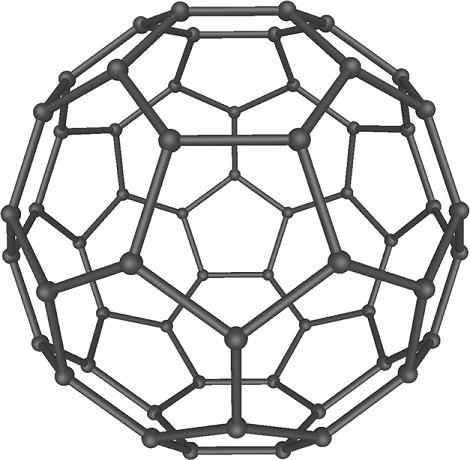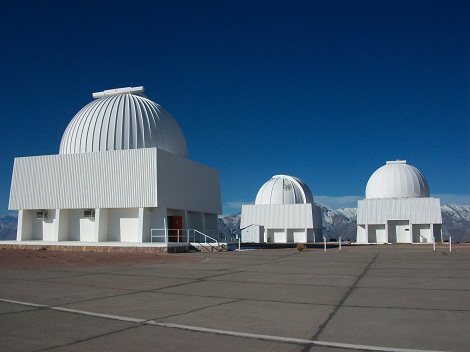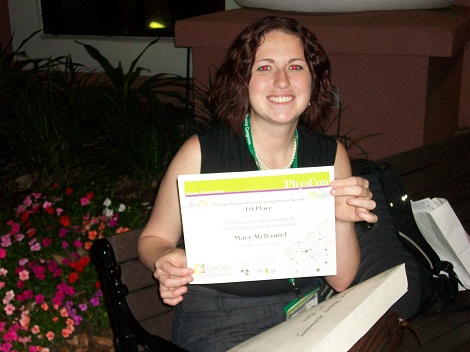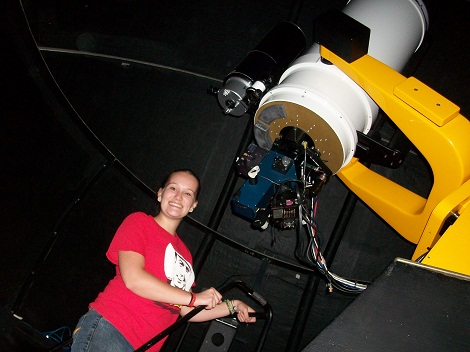Physics Research at UNA
We believe a well rounded undergraduate physics program should include the opportunity for students to conduct original research under the supervision of a faculty member. All Physics majors are required to conduct a research project before completion of their degree. Students often present their research at state, regional and national conferences where they have frequently won student poster and talk competitions. Our physics faculty conduct research in optics, quantum mechanics and astronomy. See the physics faculty's pages to get more information about their research. Here are some recent projects.
Optics Research
Dr. Brian Thompson
Dr. Thompson joined the UNA faculty in 1999 after working at synchrotron radiation laboratories in the United States, England, and Italy.
At UNA he and his research students first built an optical tweezers and then used it to study fluorescence emission from dye-doped microspheres:
https://www.osapublishing.org/oe/abstract.cfm?uri=oe-18-18-19209
More recently, he and his research students have been studying gemstone reactions with light:
https://gem-a.com/images/Documents/JoG/2014/JoG-2014-34-4-LR.pdf
https://www.gia.edu/gems-gemology/fall-2017-photoluminescence-spectra-emeralds
Lately he has been making full-color holograms of opals:
Photos show an Australian black opal with red flash and a full color hologram of the opal. Which is which? At first one might think only red light is needed to make a hologram of this opal, but then notice the white reflected light at the bottom left corner of the opal and its holographic image.
Quantum Mechanics

Image credit: Michael Strock
Dr. Valery Dolmatov
Dr. Dolmatov's research focuses on theoretical atomic and molecular physics, particularly on studying of the structure of atoms and their interactions with photons in the vacuum ultraviolet (VUV) energy region, and incoming electron beams. Before joining UNA, Val conducted his research in atomic and molecular physics at several research institutions, including the Tashkent Physical-Technical Institute (Tashkent, Uzbekistan), and, as a visiting scientist, at the Ioffe Physical-Technical Institute (St. Petersburg, Russia), Hamburg University (Germany), Imperial College of London (UK), and Georgia State University (Atlanta, GA). Val has over 200 publications in the area of atomic and molecular physics, including about 80 research papers published in top refereed physics journals.
Dr. Dolmatov's publications have received well over 900 citations by fellow researchers to date; see Val’s profile at http://scholar.google.com/citations?user=rmXBgVkAAAAJ&hl=en.
Dr. Dolmatov's students regularly attend state, regional and national conferences to present their research and have gone on to graduate programs in physics.
Astronomy Research
Dr. Mel Blake

Dr. Blake investigates phenomena in the universe that change their properties over time. This primarily involved the study of binary and variable stars. Binary stars consist of pairs of stars that orbit one another in a similar way to the way the Earth orbits the Sun. Various phenomena can occur if the stars a close together, including mass exchanges that can lead to visible changes in their brightness or spectra.
Dr. Blake traveled to Chile in 2011 with student Daniel Johnson to obtain data to search for variable stars in old open clusters. More recently Dr. Blake completed a study of the binary star Delta Scorpius which is a Be star. These stars emit winds consisting of gas streaming from the stars surfaces. In 2011 Delta Scorpius' companion passed near the disk formed by the outflow of gas. Along with collaborators at Pisgah Astronomical Research Institute and undergraduate students Mary McDaniel and Taylor Garber, Dr. Blake studied the interaction of the companion star with the disk. The results were presented by Mary McDaniel at the PhysCon2012 national conference in Orlando, Florida hosted by the Sigma Pi Sigma Physics honors society, where she won first place in the astronomy student poster paper competition. She will present her results again at the spring meeting of the American Astronomical Society in Indianapolis, in June, 2013.
Dr. Blake's future work will use the UNA Observatory to obtain new data on various Be stars and other variable objects.
Read a Times Daily article about Mary McDaniel's award.


Physics student Taylor Garber at Pisgah Astronomical Research Institute observing Be stars and Delta Scorpius. She won first place at the Alabama Academy of Science meeting in March 2013 for her presentation of this work.